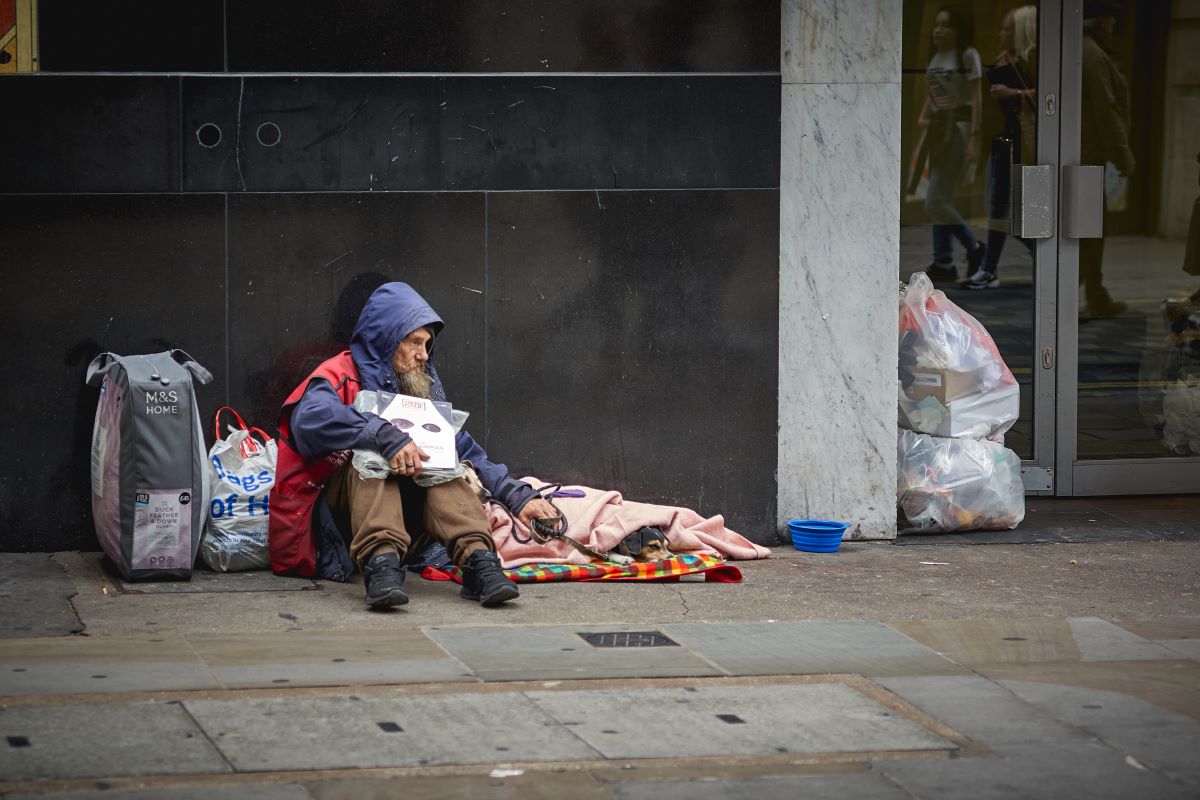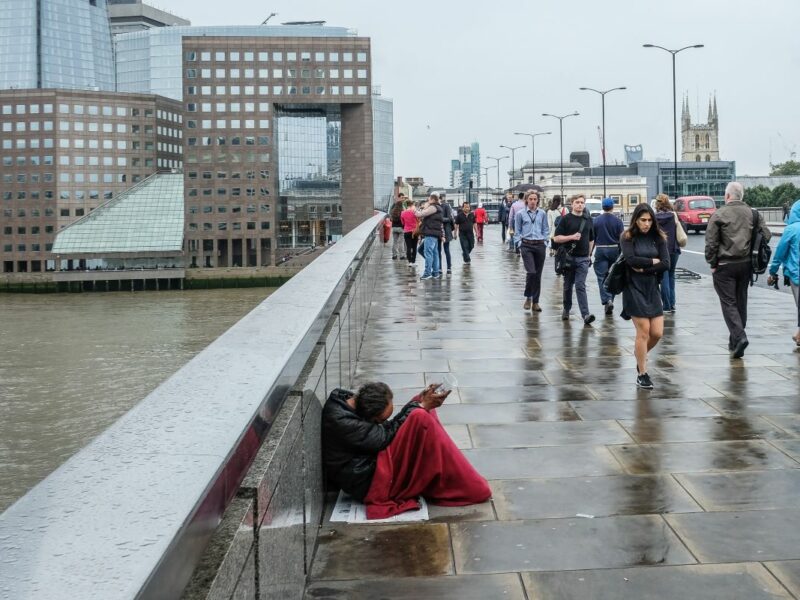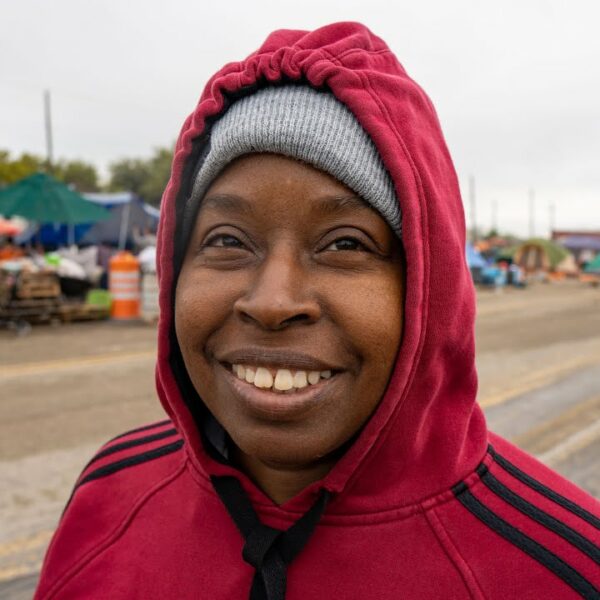Lessons Learned During Pandemic Could Be Used to Improve Future Policies
Study examines use of COVID-19 funding streams to help people experiencing homelessness
Federal funding timelines aren’t flexible enough to meet the needs of programs, and they don’t allow for equitable distribution of resources, according to a recent study.
Using COVID-19 Relief Resources to End Homelessness found the federal government’s guidelines for distributing COVID-19 funding were often hard to navigate. Strict deadlines also made it hard for programs to figure out the best use of funds, instead forcing them to use the money as quickly as possible to avoid losing it.
The study looked at sites already examined by the Framework for an Equitable COVID-19 Homelessness Response:
- Maine
- Rural and suburban Ohio
- Richmond, Virginia
- San Jose/Santa Clara County, California
- Seattle/King County, Washington
- Austin/Travis County, Texas
- North Carolina
- Fairfax County, Virginia
Their goal was to examine how funding streams from the Coronavirus Aid, Relief and Economic Safety (CARES) Act, the Federal Emergency Management Agency (FEMA), and state, local and private monies were braided together to address homelessness during the pandemic.
Researchers were especially interested in learning about any efforts to minimize the impact of the pandemic on historically marginalized groups.
Efforts to aid those experiencing homelessness focused primarily on four strategies:
Shelter decongregation and noncongregate shelters
Congregate shelters, where many people are living in a single place together without separate sleeping or bathing facilities, put people at high risk for infection. Some communities, like Santa Clara and King counties, used federal funds to lease hotels to provide noncongregate shelter options. Meanwhile, large spaces could offer sheltering with appropriate social distancing. In Maine, the state housing agency turned to public spaces closed as a result of the pandemic, such as the gym at a local university, as wellness centers.
Outreach to and engagement of people unsheltered and in encampments
As day shelters and congregate shelters closed, several program directors reported seeing more people in encampments or other unsheltered spaces. Some communities used their relief funds to send workers into these encampments to provide hygiene supplies, food, and health care.
Permanent housing
The availability of additional money made it possible to connect rapid rehousing (RRH) case management and rental subsidy services to some residents of the noncongregate shelters. Respondents in Maine, Austin, Fairfax, and Seattle/King County all worked to increase RRH efforts during the pandemic, giving those residents a permanent home after they left the hotels. This included acquiring and converting hotels to permanent supportive housing.
Diversion and emergency rental assistance
Again, federal grants made it easier to accomplish what, in many places, was out of reach before the pandemic. Housing agencies used funding to target people with higher needs, implement systemwide diversion programs or rebuild existing programs that had run out of money. Funds for emergency rental assistance and eviction prevention kept those at the highest risk from losing their homes.
Most critical to the success of these programs was their focus on the people they served, bringing services to the people with the highest need. The report points to San Jose and Santa Clara County.
“[The region], which has one of the highest rates of unsheltered homelessness in the country, was especially intentional in directing resources to encampments,” the study noted. “They expanded their outreach efforts by bringing sanitation stations, hygiene supplies, food, and access to vaccinations, case managers, and health care directly to people experiencing homelessness in encampments.”
Workers noted that they struggled with figuring out the rules and deadlines of the many different funding sources. Often grants would have to be used by a specific deadline. In order to receive the money, programs would have to rush to apply it rather than do the research to determine where it might best be applied. As a result, program directors often couldn’t provide grant money in a way that served minorities most efficiently.
Respondents to the study expressed hope that future efforts would fix these issues.
In addition, staffers had to deal with the typical lack of housing, now compounded by the eviction moratorium. While the moratorium was crucial to keeping people housed, it also restricted the turnover in already limited housing stock.
“Respondents specifically reported extremely low (sometimes record low) vacancy rates and landlords hesitant to rent to people who they would potentially be unable to evict during a moratorium,” researchers wrote. “Organizations found themselves with the funds to house people but limited options on where to house them.”
Based on these interviews, researchers made the following policy recommendations:
- Ease expenditure timelines on funding to allow more flexible programming and planning.
- Increase clarity and flexibility on eligible uses of federal funding.
- Improve coordination between different funding sources.
For the future, researchers noted that communities needed to more thoroughly consider questions of race and gender identity in situations of crisis and the sustainability of new and innovative approaches like those instituted during the pandemic.
“The lessons learned during the pandemic can improve policy moving forward and lead to programming that ends homelessness as opposed to managing It,” researchers wrote.












